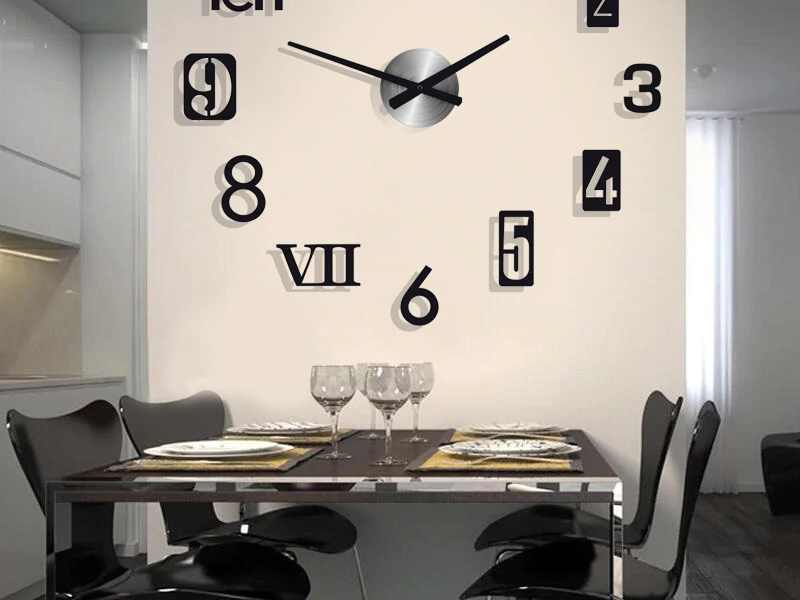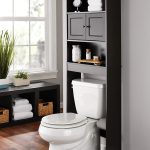Introduction
Scandinavian design has been steadily gaining popularity over the years. It’s a design style that is known for its minimalism and functionality. One aspect of Scandinavian design that has been gaining attention recently is the rustic Scandinavian aesthetic. This style is characterized by a warm and cozy feeling that is achieved through the use of natural elements and textures. In this article, we will explore what rustic Scandinavian design is all about and why it has become so popular in recent years.
What is Rustic Scandinavian Design?
Rustic Scandinavian design is a sub-style of Scandinavian design that emphasizes the use of natural materials and textures to create a warm and cozy feeling. This style is characterized by its simplicity and minimalism, which are hallmarks of Scandinavian design in general. However, rustic Scandinavian design also incorporates elements of vintage and rustic styles, which sets it apart from other types of Scandinavian design.
This style is characterized by the use of natural materials such as wood and stone. Furniture is often made from unfinished or lightly stained wood, which gives it a natural, organic look. Textures are also an important part of this style, with natural fabrics such as wool and linen being used for curtains, blankets, and other accessories. Earthy colors such as beige, brown, and grey are also commonly used.
The Key Elements of Rustic Scandinavian Design
There are a few key elements that are essential to achieving the rustic Scandinavian look:
1. Natural Materials
As mentioned earlier, the use of natural materials is an important part of this design style. Wood, stone, and natural fabrics should be used wherever possible to create a warm and organic feeling.
2. Earthy Colors
Earthy colors such as beige, brown, and grey should be used to create a sense of warmth and coziness. These colors also help to create a connection to nature, which is an important aspect of Scandinavian design in general.
3. Textures
Textures are an essential part of rustic Scandinavian design. Natural fabrics such as wool and linen should be used for curtains, blankets, and other accessories to create a tactile and cozy feeling.
4. Vintage and Rustic Elements
Vintage and rustic elements such as distressed wood and antique accessories can be used to add character and personality to a rustic Scandinavian space. These elements should be used sparingly to avoid a cluttered look.
Why Rustic Scandinavian Design is So Popular
Rustic Scandinavian design has become increasingly popular in recent years for a few key reasons. Firstly, it provides a sense of warmth and coziness that is much needed in today’s fast-paced and high-tech world. Secondly, it emphasizes nature and simplicity, which are important values in Scandinavian culture. Lastly, it is a style that works well in a variety of environments, from country cottages to urban apartments.
How to Achieve the Rustic Scandinavian Look
Achieving the rustic Scandinavian look is easier than you might think. Here are a few tips to get you started:
1. Use Natural Materials
As mentioned earlier, the use of natural materials is important in achieving the rustic Scandinavian look. Consider using unfinished or lightly stained wood for furniture, and natural fabrics such as wool and linen for curtains and blankets.
2. Choose Earthy Colors
Earthy colors such as beige, brown, and grey should be the foundation of your color scheme. However, don’t be afraid to add pops of color here and there to add interest and personality to your space.
3. Incorporate Texture
Texture is an important part of this style. Consider using knitted blankets, braided rugs, and other accessories to create a tactile and cozy feeling.
4. Add Vintage and Rustic Elements
Vintage and rustic elements can be used sparingly to add character and personality to a rustic Scandinavian space. However, be careful not to overdo it, as too much clutter can detract from the overall look and feel of the space.



